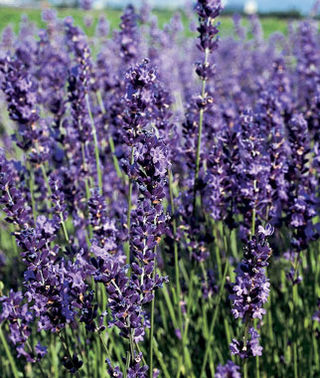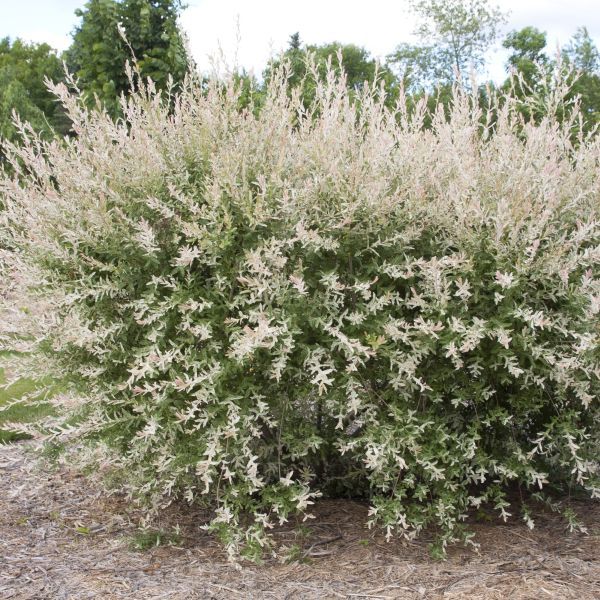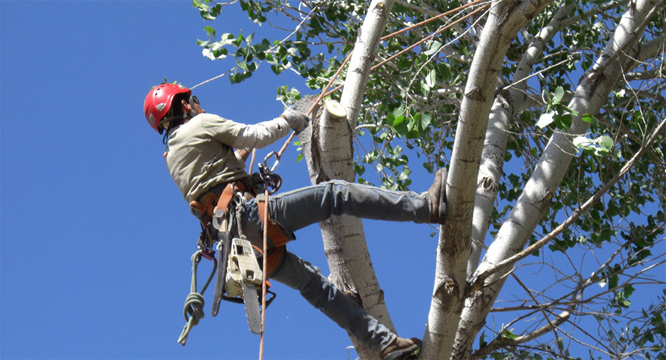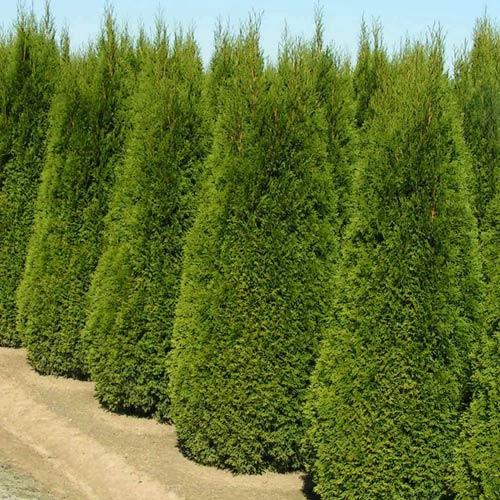When it comes to clearing leaves from your lawn, many people think raking is the way to go. However, it has been proven in recent years that mulching is actually better for your lawn. Mulching refers to shredding the leaves that cover your lawn with a lawnmower attachment, dispersing the refuse all over your lawn. While it may seem unorthodox, it has many benefits. Mulching replicates the natural processes that happen on a forest floor while not killing your grass by blocking sunlight. As a result, your lawn will have replenished nutrients and will look amazing in the spring!
Mowing
Although it may not seem like it, it is best to continue mowing your lawn well through the fall. Keeping shorter grass in the fall has multiple benefits for your lawn. If your lawn is too long before snow accumulates, it can become a safehaven for mice, voles, and other rodents. These rodents will build nests throughout the winter that will leave large brown spots of dead grass in the spring. By consistently keeping your lawn low throughout the fall, you will be able to keep your garden green and pristine for the spring and summer!
Watering and Irrigation
There are several tasks related to watering that need to be taken care of in the fall. Before the first snowfall, it is best to do a long, deep watering of your entire yard. This will give your lawn the water needed to survive the winter. Make sure to cut shut off any water lines to the outside. If you have an automatic irrigation system installed, make sure blow out the water with compressed air before the first freeze to avoid damage to the pipes.
While you can do all of these chores by yourself, sometime it’s better to get a little help from a pro! Here at Ted Collins, we offer custom fall cleanup plans to help you get your yard prepared for the winter. To request an estimate, give us a call at (585) 381-9000 or visit tedcollinst-l.com.











